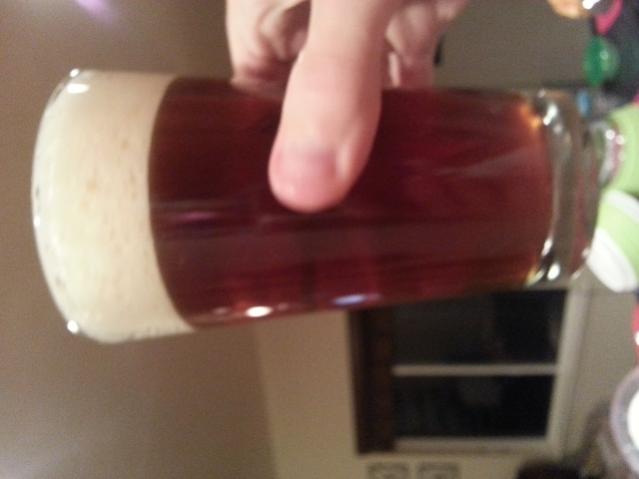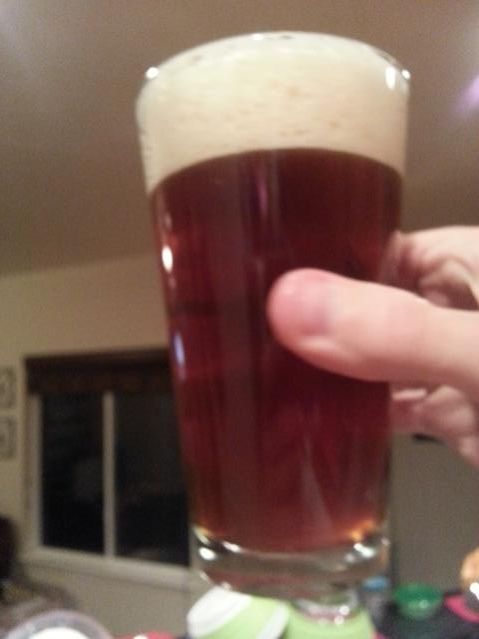trekie86
Active Member
I started my first batch last week, 9/28, and got the beer into the fermenting bucket and put on the sterilized lid and the bubbler. I'd say less than 12 hours later, I was bubbling like crazy. I'd say it only did that for 36 to 48 hours and then doesn't seem to have bubbled since.
Do I need to pitch more yeast or give it a swirl to re-suspend the yeast?
My recipe was the True Brew Amber kit.
3.3 lbs Muntons LME Hopped Amber
2 lbs Muntons DME Light
1 oz Cascade Hop Pellets AA: 7.3%
1 packet (6 grams) Muntons Active Brewing Yeast
I re-hydrated the yeast at 38 degrees C and let it re-hydrate for about 30 minutes with a stir in the middle. I had a good froth on the yeast before pitching. I pitched the yeast into my Wort at 22 degrees C, gave it a quick stir with my sterilized spoon and put it in the basement to do its thing. The thermometer on the outside of the bucket has stayed about 68-72 degrees Fahrenheit.
Just another piece of info, not sure if its necessary but the O.G. was 1.043
I'd appreciate any advice for this newbie. If I need to pitch more yeast I'll stop at the brew shop on my way home from work tomorrow.
Do I need to pitch more yeast or give it a swirl to re-suspend the yeast?
My recipe was the True Brew Amber kit.
3.3 lbs Muntons LME Hopped Amber
2 lbs Muntons DME Light
1 oz Cascade Hop Pellets AA: 7.3%
1 packet (6 grams) Muntons Active Brewing Yeast
I re-hydrated the yeast at 38 degrees C and let it re-hydrate for about 30 minutes with a stir in the middle. I had a good froth on the yeast before pitching. I pitched the yeast into my Wort at 22 degrees C, gave it a quick stir with my sterilized spoon and put it in the basement to do its thing. The thermometer on the outside of the bucket has stayed about 68-72 degrees Fahrenheit.
Just another piece of info, not sure if its necessary but the O.G. was 1.043
I'd appreciate any advice for this newbie. If I need to pitch more yeast I'll stop at the brew shop on my way home from work tomorrow.




